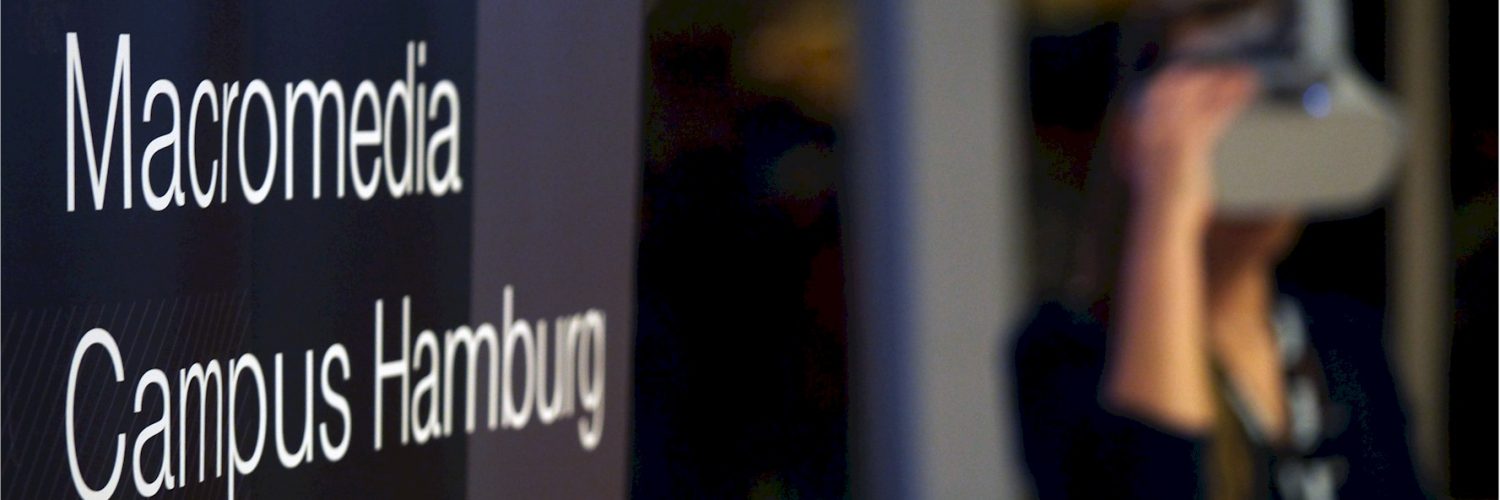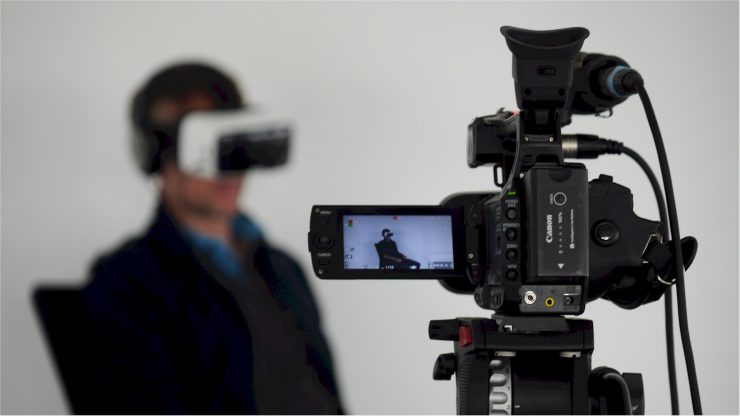The use of audiovisual media serves different purposes at various stages in teaching and learning environments. The most frequent implementation scenarios include the illustration of content and action, and, in particular, lecture recordings in academic surroundings. Not least, daily routines of the younger generation can serve as usable scientific content (cf. Reinmann 2009) by tying in the known media usage behaviour of students, which has been shaped increasingly by the reception and communication of audio-visual content (Gidion & Weyrich, 2017, Zawacki-Richter et al., 2014).
Not only does the use of audiovisual media meet the demands of modern university/college education and the learning opportunities that it offers (Kavanagh et al., 2016), but due to its independence of place and time, such media is also well adapted to the real-life situations of many students, whose everyday-life is shaped by a combination of different requirements, activities and tensions between family, professional, and leisure environments.
Current technological developments in the field of audiovisual media reduce the distance between a recorded action and its reception. The use of 360° videos – particularly in combination with a Head Mounted Display (VR-glasses) – is close to a live-situation whereby an immersive projection, shielding the external world (Slater & Wilbur, 1997), aims for presence-experience (Singer & Witmer, 1998), which in turn provides recipients with the feeling of “truly” being in another place and time, where applicable, than is actually physically the case (Ramalho & Chambel, 2013).
Vohle and Reinmann (2012) point out that, when handling a subject of learning within an authentic setting without having the pressure to act, it is highly likely that one’s own knowledge is being developed and also expanded. On that note, 360° videos, projected on VR glasses, have a particular learning potential due to the intended presence-experience: learners “dive” into the setting by becoming the centre of a spherical (dome-) projection where they can, analogous to acting in the “real” world, manipulate the image section themselves by means of head movements. At the same time, the physical shield composed of VR glasses and, where applicable, headphones, protects the individual from outside distractions (Hebbel-Seeger, 2018).
In a study undertaken throughout the whole of Germany with first-year students of the basal program Media Management in all locations of Macromedia University, we explored the question as to whether and how the learning abilities of recipients are impacted by the approach of a real-live-situation in media conveyed communication via immersive technologies (360° video on Head Mounted Display/VR glasses).
The examination was carried out on the example of the lecture “Grundlagen der BWL” (Basics of Microeconomics). For the investigation, videotaped content from the pre-semester of this “Grundlagen der BWL” in the form of 360° recordings as well as the “classic” 16:9-(Fix-Frame) format was shown to current students enrolled in the course instead of the respective seminar requiring class room attendance.
The collection of data was done in three steps. In the first step, the media usage behaviour of the participants was investigated with a focus on learning processes with the use of video as well as a careful self-assessment (checking their attitude towards the subject of microeconomics and professional knowledge). Proceeding from this initial set of questions, a treatment in the form of a videotaped lecture took place (depending on the study group, either as a “classic” 16:9 format Fix-Frame-Video via a monitor or as a 360° video via Cardboard), which was then followed by an examination of learning performance using a multiple-choice test.
In the final step of the data collection, study participants were asked to give a subjective assessment of their learning performances and their learning situation as well as an indication of their preferred (Video-) learning-environment. With the exception of one question, the first of seven in total, which were to be answered chronologically on the management of content in the recorded lectures by the participants, no group favorite differences between the 360° video group and the Fix-Frame-Video group in terms of operationalised learning performance could be determined.
Significant differences between both groups in answering the first question that referred to content communicated at the beginning of the recorded lectures, can be attributed to the novelty appeal of the medium: while the Fix-Frame group was able to resume familiar patterns of reception, the 360° group was initially preoccupied with the exploration of medial opportunities, resulting in a weaker performance. In contrast to operationalised learning performances (except question 1, see above), the self-assessment of respondents demonstrated highly significant differences: those tested in the Fix-Frame-group provided a higher estimation of their learning performance than respondents of the 360° group. Moreover, participants of the 360° group were more inclined to report distractions and concentration problems. In this case, we again considered the familiar learning patterns as the moderating variable.

All things considered, it can be stated that an immersive media format alone does not generate added value: there is no increase of attention that further enhances learning, which can be derived from the feeling (of presence) of sitting in a lecture room, even beyond the possibly initial distraction of novelty appeal. The recording of a lecture by 360° video and the projection of the same on VR glasses constitutes an authentic setting in which the feeling of “really” sitting in a lecture room is conveyed to the recipient. Simultaneously, even in a lecture room there is a given distance to the “real” learning object as this is “merely” being transferred by verbal presentation and, where applicable, accompanying media (usually presentation slides). A recorded lecture in 360° video format is therefore notably “authentic” in relation to the learning environment, however, it is not in relation to the content.
Furthermore, the teacher-centered mode as represented in regular lectures is unsuitable for a spherical projection due to its spatial setting, where only one direction is being employed. In order to exploit possible media-specific values of 360° videos in the context of LectureCasts, it is consequently necessary to work either with a modified concept of a teacher-centered lecture, taking into account the space in the room, or to set a focus on the “authenticity” of content by connecting the 360° visualisation with a recorded lecture.
Our team is currently involved in a federal research project, SCoRe (Student Crowd Research) which is a research project supported by the BMBF, carried out by the Universities of Bremen, Hamburg and Kiel as well as Macromedia University and Ghostthinker GmbH. In this project we expand this perspective by analysing the kind of contribution that can be made by different video formats, including 360° video, for the support of explorative crowd learning and evaluating the functions ascribed to video at the same time; by use of content as well as research artefacts and causes for communication.

Author
Prof. Dr. Andreas Hebbel-Seeger
Hochschule Macromedia | University of Applied Sciences, Germany
Prof. Hebbel-Seeger will give a keynote presentation at the Media & Learning Video in Higher Education Conference on 5-6 June 2019
















